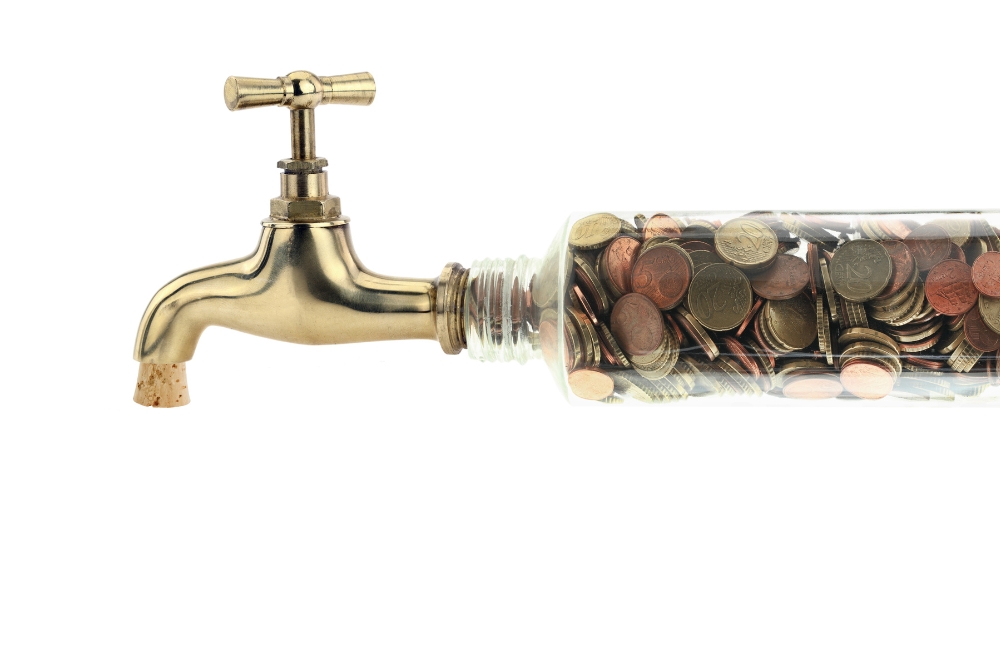On July 29, 2024, Cal Water, the third largest water utility company in the country serving half-a-million customers in California, announced that it has helped its customers reduce their water bills by 20.5% in the last 15 years. This is compared to what they might have been charged without water conservation and water efficiency efforts in place.

This is based on a study released by the Alliance for Water Efficiency (AWE), a highly respected nonprofit research organization based in Chicago. AWE advocates for increased water conservation and efficiency and is a trusted source in the water industry.
You might find it strange that a water utility company would proudly promote the fact that it has helped its customers reduce their water bills. However, in California, and increasingly around the country, using less water is proving to have many benefits not only for customers but also for entire communities and the water utility companies serving those communities.
According to the study, “Water conservation is the lowest-cost source of supply because when less water is used, costly investments required to produce additional water supplies can be deferred and potentially avoided.”
Clarification of Terms
Before going forward, we must be clear what water conservation and water efficiency are, because they are not the same and, in fact, are totally different concepts. As outlined below:
- Water conservation is a temporary reduction in water use, usually in response to a specific event like a drought, temporary water restrictions, etc.
- Water efficiency is a long-term strategy to reduce water consumption or eliminate water use altogether.
Water efficiency involves permanently changing water-using habits at home, work, and at school. Water-intensive systems are replaced with innovative technologies that use less. This reassures facility owners and managers that their investment in water-saving technologies is not just a short-term fix, but a long-term strategy that will continue to pay off in the future.
How Cal Water Saved Their Customers So Much Money
Looking back, most observers point to Cal Water’s “tiered rate structure,” implemented in 2009, as the first strategy that generated the cost savings.
Tiered rate structure, also known as block pricing, means that Cal Water charges different rates for water based on how much is used. The more water the customers uses, the higher the tiered rate structure—and the higher the charges for water.
For instance, initially, a commercial office building is allotted the lowest rate based on its size and occupancy, which typically corresponds to the facility’s base water requirement.
However, if a facility uses more than this basic amount, it will advance to a higher tier (or block), which results in higher water charges. The goal of the tier system is to discourage water use for non-essential things.
As to these non-essential things, this explains why so many lawns around commercial buildings in California have turned brown over the years or have been removed entirely, replaced by natural vegetation that uses far less water. However, financially, this has proven beneficial not only for the facility but in other ways as well.
For example, Cal Water Chairperson and CEO Martin A. Kropelnicki said, “[These] water conservation efforts have reduced our costs from what they would have been absent conservation, giving us the ability to request smaller rate adjustments when costs rise and [when] infrastructure investments need to be made.”
These conservation measures have also yielded environmental advantages. By reducing the amount of water needing treatment, the utility company was able to:
- Decrease its chemical usage for treating water.
- Reduce the use of non-renewable energy.
- Lower greenhouse gas emissions.
Benefits to Facility Owners and Managers
Water conservation and efficiency have also brought direct financial advantages to facility owners and managers. It is estimated that between 2010 and 2022, water bills in the areas served by Cal Water would have been at least 1.2% to 20.5% higher (depending on the district) if these tiered rates and water conservation/efficiency measures had yet to be implemented.
This tells us that facility owners and managers can proactively reduce operating costs through water conservation and efficiency measures. Further, without these water conservation and efficiency measures in place, these facilities would likely have higher operating budgets today—at a time when many commercial facilities in California and around the country are struggling to keep operating costs in check, attract more tenants, and rebound from the COVID-19 pandemic.
It’s become clear that reducing water consumption is a critical step in managing a facility’s water footprint. Facilities can significantly lower their demand for local water supplies by implementing water-saving measures such as installing low-flow or no-flow restroom fixtures, using water-efficient appliances, capturing and reusing rainwater, and reducing or eliminating water consumption for outdoor vegetation.
This approach ensures a more sustainable facility operation and positions the facility as a responsible steward of environmental resources.
Further, by reducing water consumption, facility owners and managers are not just being environmentally responsible; they are making a strategic business decision. Lowering utility bills, potentially earning incentives from water conservation programs, and avoiding penalties for excessive water use are just some of the financial benefits. Additionally, water-efficient facilities may attract more environmentally conscious tenants, further boosting their financial prospects.
Klaus Reichardt is CEO and founder of Waterless Co. Inc., a California-based manufacturer of waterless urinals. Reichardt is a frequent author and presenter who discusses water conservation issues. He can be reached at klaus@waterless.com
